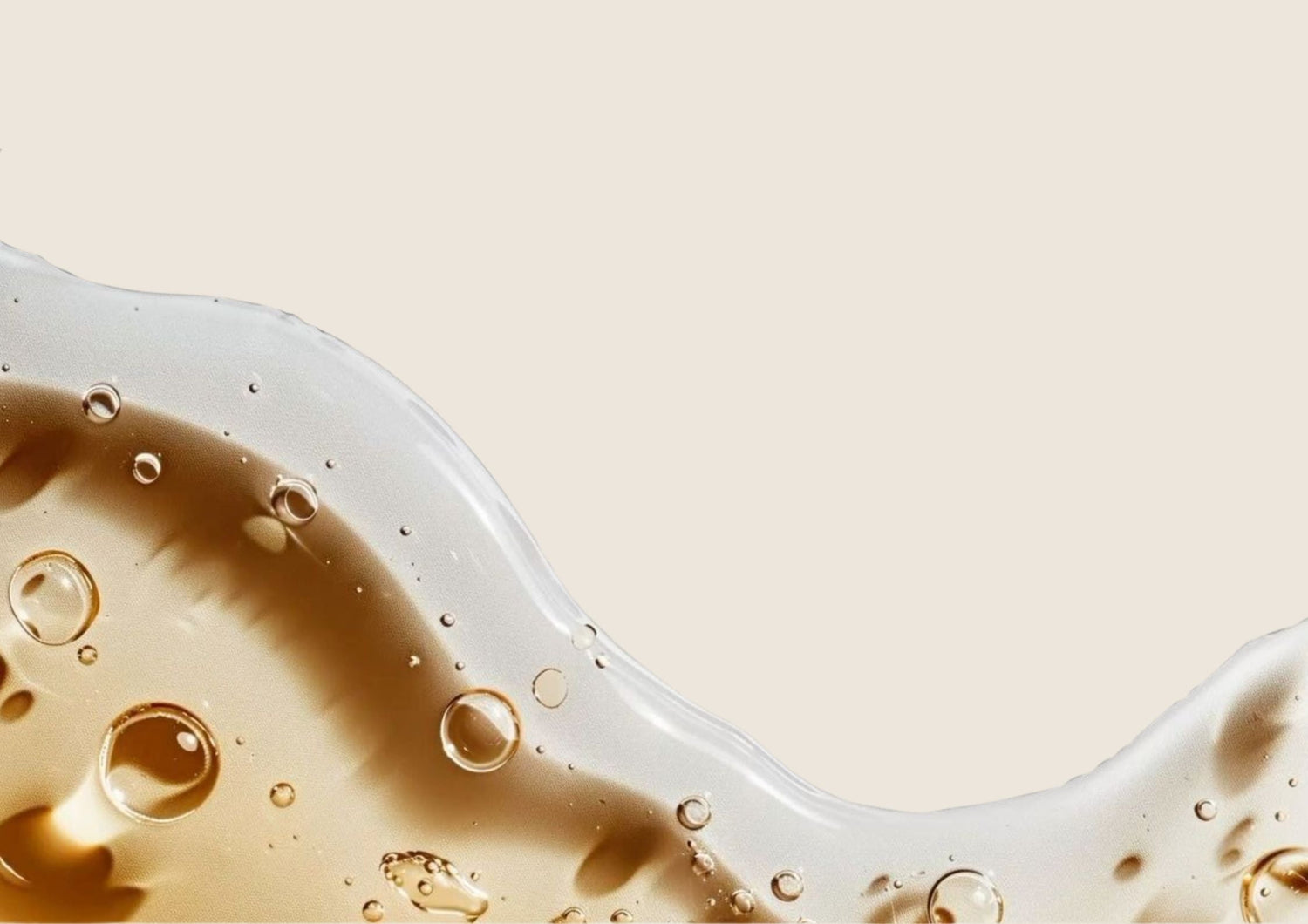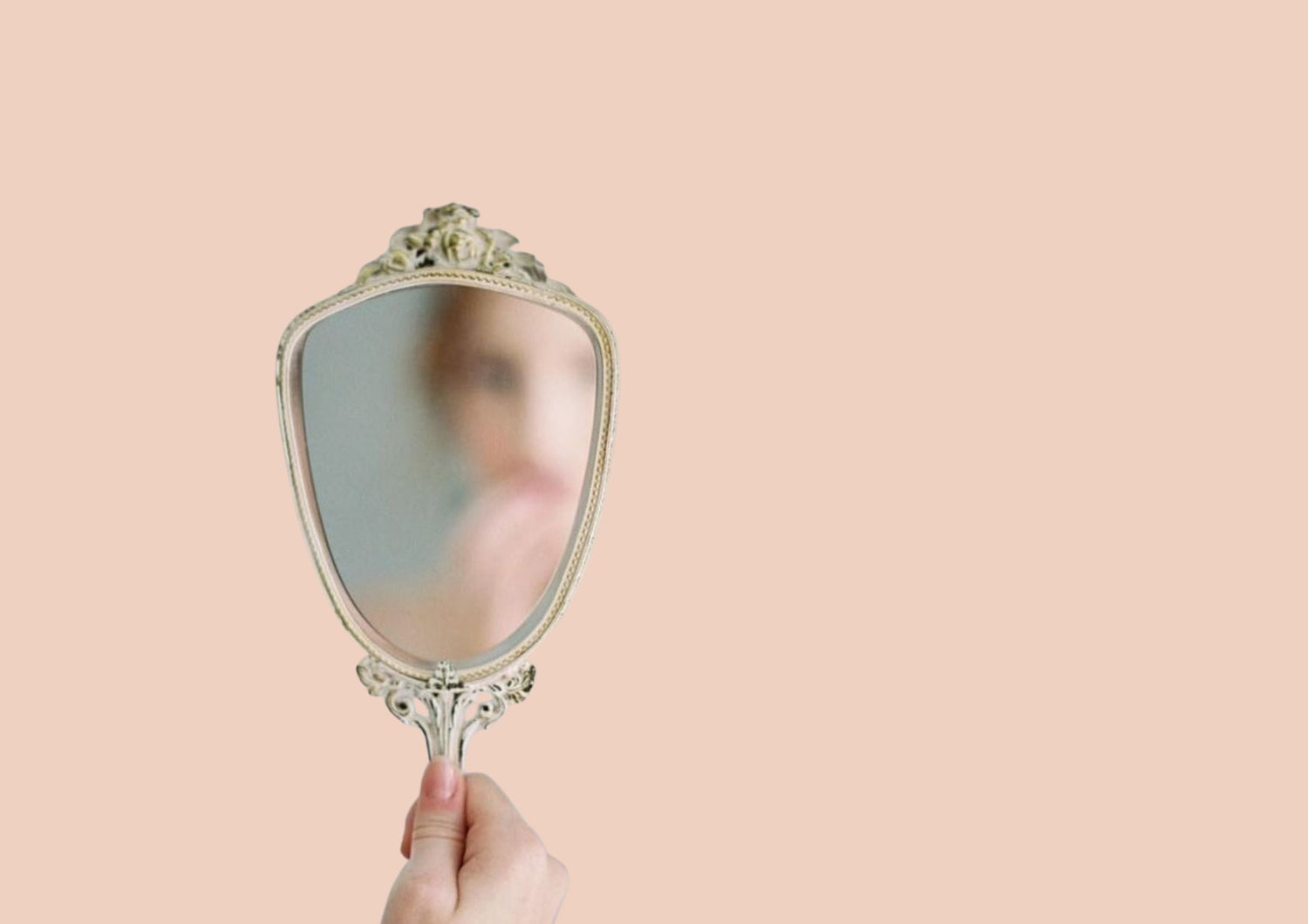How well do you really know your body?
At first glance, one might say: pretty good. It's the house we live in every day, the one we observe in the mirror, often with a critical eye.
Everything changes, however, when we move our gaze inwards, to the discovery of magnificent and mysterious natural processes. TEverything changes, however, when our eye moves inside, to investigate those magnificent and mysterious natural processes that occur protected from prying eyes.
One above all, the menstrual cycle.
Its full name already suggests its essence: the menstrual cycle is in fact a much longer and more complex period than we are used to thinking, and its influence on our psychophysical well-being extends well beyond the canonical 4/5 days in which it manifests itself with discharge and bleeding.
Knowing him means getting to know ourselves better, learn to listen to ourselves, understand the changes in our body and, maybe, be a little less hard on ourselves.
What seems like a "bad" day could just be the result of a hormonal change, and abdominal swelling is a sign of impending ovulation – not the fault of a chocolate biscuit which we enjoyed a few hours earlier.
What is the menstrual cycle?
The menstrual cycle is a physiological process that begins at puberty and indicates that the reproductive system is ready to accommodate a pregnancy.
Each cycle has a variable duration, generally between 21 and 40 days, and involves the appearance of the menstruation once a month.
The length and intensity of the cycle vary from person to person, and can change throughout life.
During adolescence or when approaching menopause, it's normal for your biological clock to be irregular. However, if you have any doubts or persistent irregularities, we always recommend consulting your doctor.
Let's find out now the four phases of the menstrual cycle and how to live them with greater awareness.
1. 🌧 The menstrual phase
It begins with the first day of menstruation: the body expels the endometrium (the uterine lining) together with the unfertilized egg, through the vagina.
Usually this phase lasts from 3 to 8 days and can be accompanied by cramps, swelling and fatiguein the first 48 hours.
What can help you at this stage:
- Natural and biodegradable sanitary pads or menstrual cup
- Comfortable clothes that don't tighten around the abdomen
- Get some exercise to reduce pain and swelling resulting from uterine contractions.
2. 🌱 The follicular phase
It begins with menstruation and ends with ovulation. The brain releases FSH (follicle-stimulating hormone), which stimulates the production of eggs in the ovaries.
In this phase, the body prepares for fertility and increases the production of estrogens, improving mood and increasing sexual desire.
Advise: take care of your daily intimate hygiene with delicate detergents with physiological pH, like those of the Kysh line.
3. 🌸 The ovulatory phase
It's time for theovulation actual. The mature egg is released into the fallopian tubes.
This stage is the most fertile of the cycle, and the peak of estrogen favors a positive mood, energy and vitality.
You may notice vaginal discharge white and dense, completely normal: it is the cervical mucus that helps fertilization.
4. 🌙 The luteal phase
After ovulation, the follicle that contained the egg turns into a mass of cells called corpus luteum, which releases estrogen and progesterone to prepare the uterus for a possible pregnancy.
If fertilization does not occur, hormone levels drop and the body prepares for start the cycle again.
At this stage you may experience:
- Swelling
- Sore breast
- Mood swings
- Craving sweets or feeling hungrier than usual
- Tiredness and irritability
If you feel more irritable, sad, or need more rest… it's just PMS.
Treat yourself to moments of self-care, hydration, intimate skincare, and sweetness: your body is doing an amazing job.





